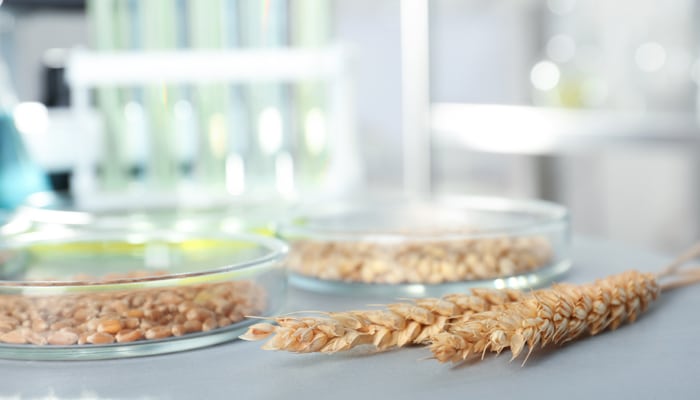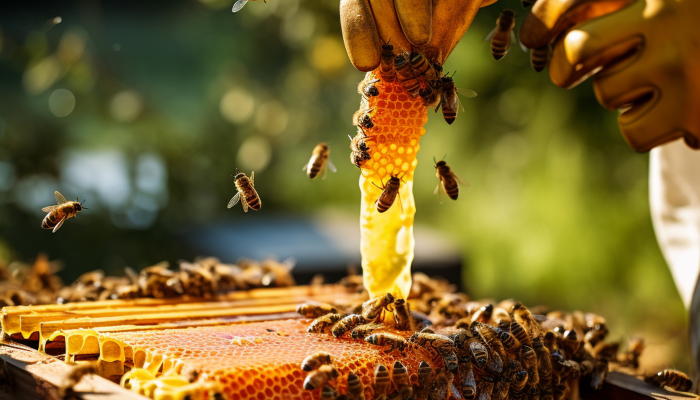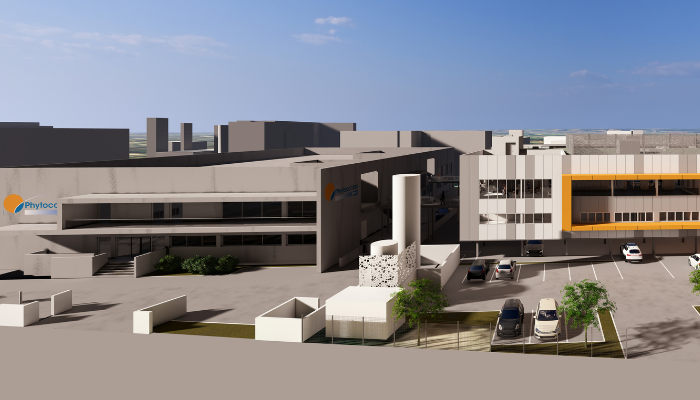

Phytocontrol is able to analyse and quantify all the mycotoxins regulated by the European Union, as well as certain secondary mycotoxins.
Mycotoxins, produced by fungi such as moulds, can contaminate crops, animal feed and finished products, posing a risk to human and animal health.
It is therefore vital to monitor and control their presence in foodstuffs, as they can cause acute poisoning, weaken the immune system and increase the risk of cancer. Limiting exposure to these toxins is crucial to preventing any danger to humans and farm animals.
Regulations
Two new texts on sampling and analysis methods for monitoring mycotoxins and plant toxins in foodstuffs were published at the end of 2023:
- Regulation 2023/2782 for mycotoxins will repeal regulation 401/2006 on 01/04/2024. The specific requirements of point 4.3 of Annex II to 401/2006 may continue to apply until 01/01/2029. This regulation has recently been amended by regulation 2024/885.
- Regulation 2023/2783 for plant toxins will repeal Regulation 2015/705 on 01/04/2024. The specific requirements of point 4.2 of Annex II to this regulation can only be met from 01/07/2028.
Regulation 2023/915 sets maximum levels for mycotoxins and plant toxins in food. In addition, recommendation 2013/165 specifies indicative levels for T2-HT2 in cereals and cereal-based products in food and feed.
Sampling
Sampling plays a very important role in determining the levels of mycotoxins and plant toxins, which are very heterogeneously distributed within a batch.
Elementary samples are taken from batches or sub-batches to form an aggregate sample, which is then homogenised and divided to form several identical samples for the laboratory.
The sampling methods for mycotoxins and plant toxins are set out in Annex I, Part II of Regulation 2023/2782, except for 2 matrix/toxin pairs: for potatoes and potato-based products (glycoalkaloids) and honey (pyrrolizidine alkaloids), sampling must comply with the requirements of Part B of the Annex to Regulation 333/2007.
14 categories of foodstuffs have been identified. The category "M. dried herbs, infusions (dried product), teas (dried product) and powdered spices" has been added. Regulation 2024/885 amended regulation 2023/2782 to ensure more representative sampling of the lot for this "M" category. The weight of the incremental and aggregate samples has been increased.
Analysis method
The two regulations standardised and harmonised analytical performance criteria for mycotoxins and plant toxins (recovery, precision, LOQ and measurement uncertainty). Specific LQ requirements for certain mycotoxins (aflatoxins, ochratoxin A and ergot alkaloids) and plant toxins (pyrrolizidine alkaloids, tropane alkaloids and opioid alkaloids) are specified in table 1 of point 4.2.1.1 of Annex II to both regulations.
Our offer
Phytocontrol meets the performance criteria set out in these two new regulations. Our QLs have been lowered for DON, ZEA and T2HT2 to comply with the regulations.
Your Phytocontrol laboratory can help you analyse mycotoxins and plant toxins under COFRAC accreditation.
You can consult our COFRAC technical appendix N°1-1904 available in your customer area or on the COFRAC website.
Need technical, regulatory or pricing information? Our customer service is available from 8am to 6.30pm, Monday to Friday.
Est-ce que l'article vous a été utile?
Note moyenne 0 / 5. Nombre de votes : 0
Aucun vote pour l'instant ! Soyez le premier à évaluer cet article.




